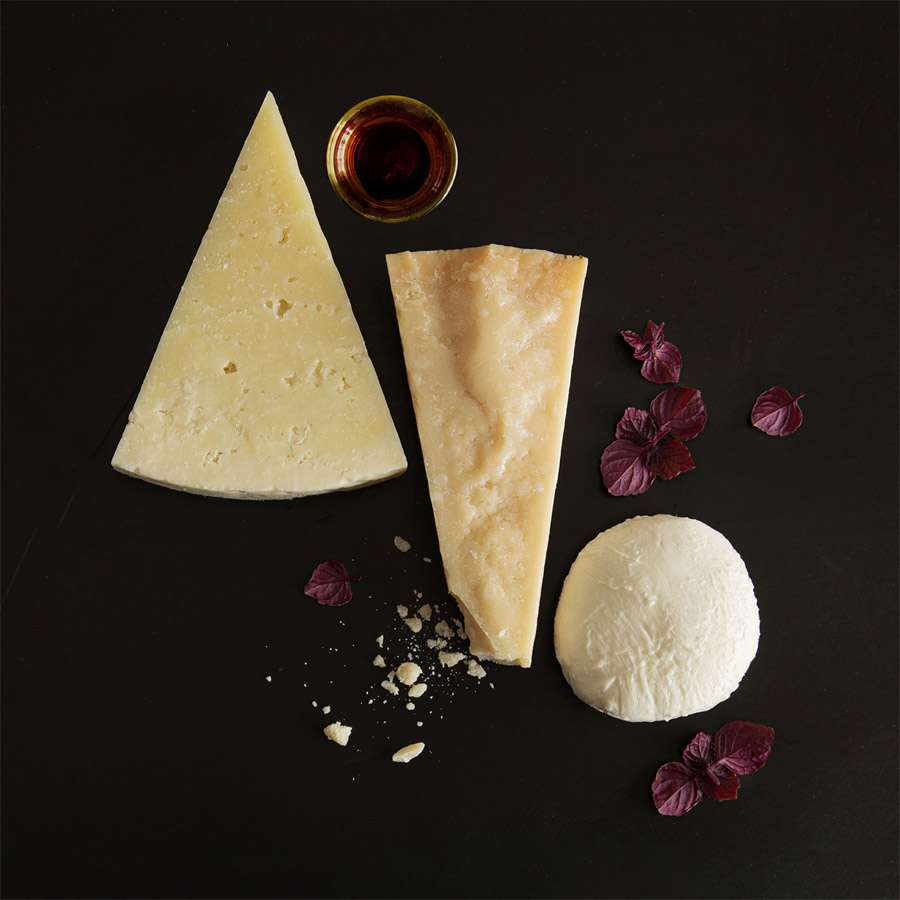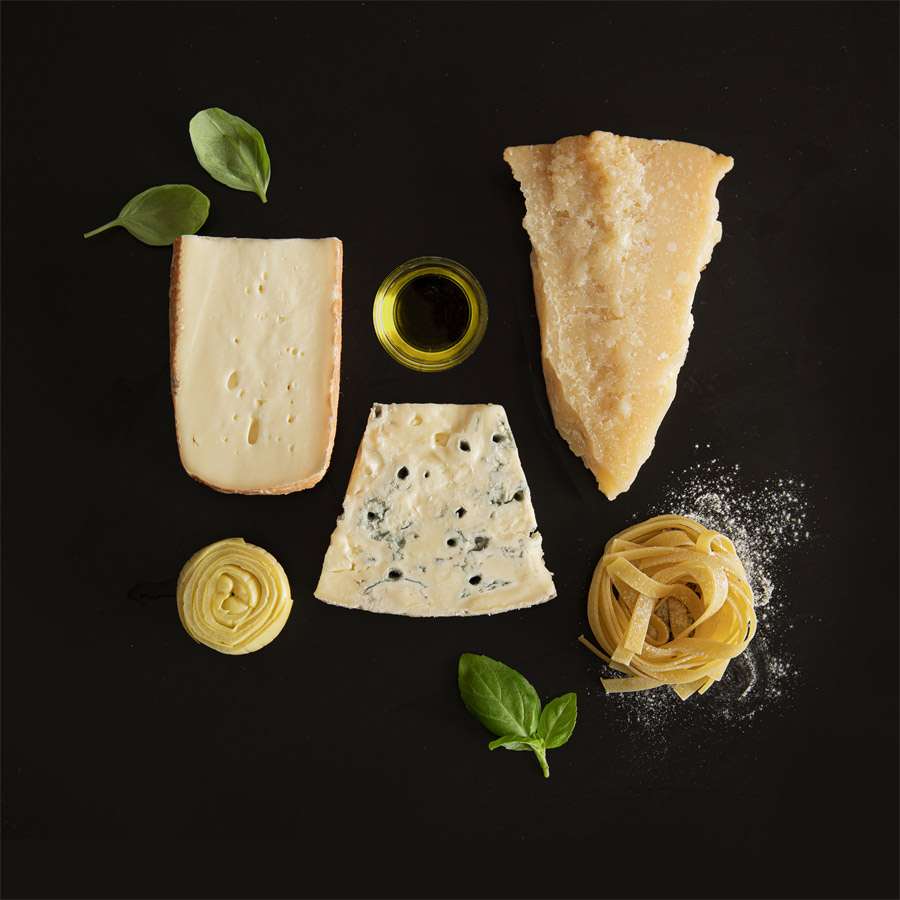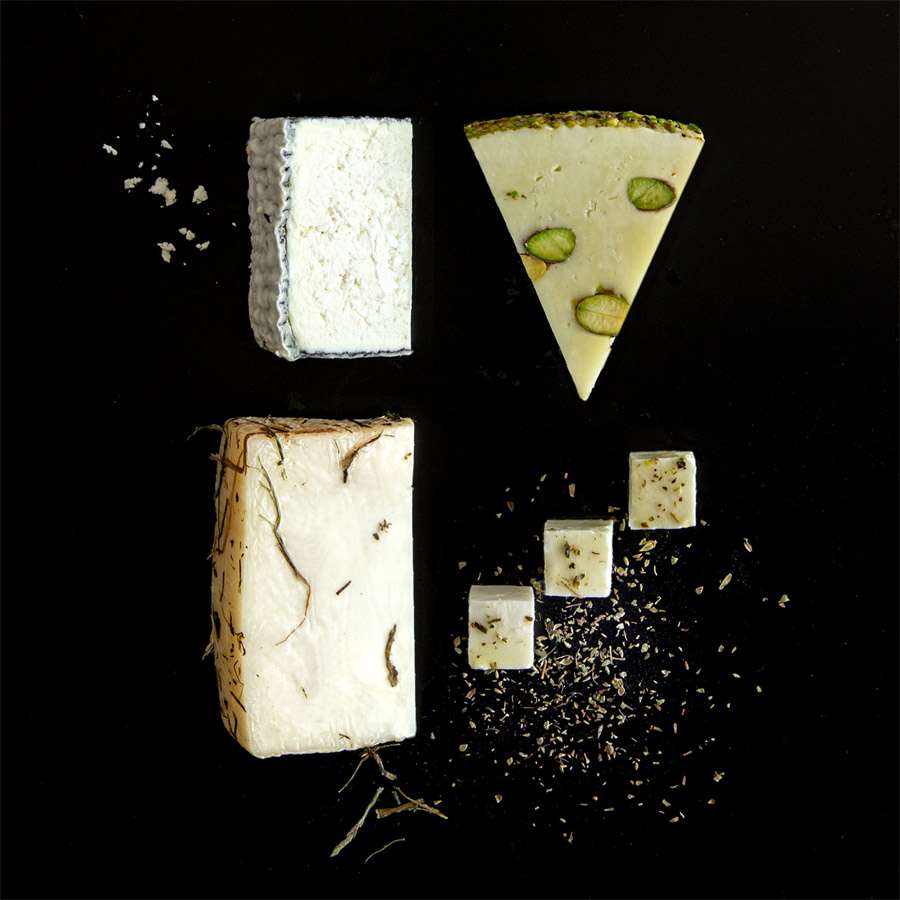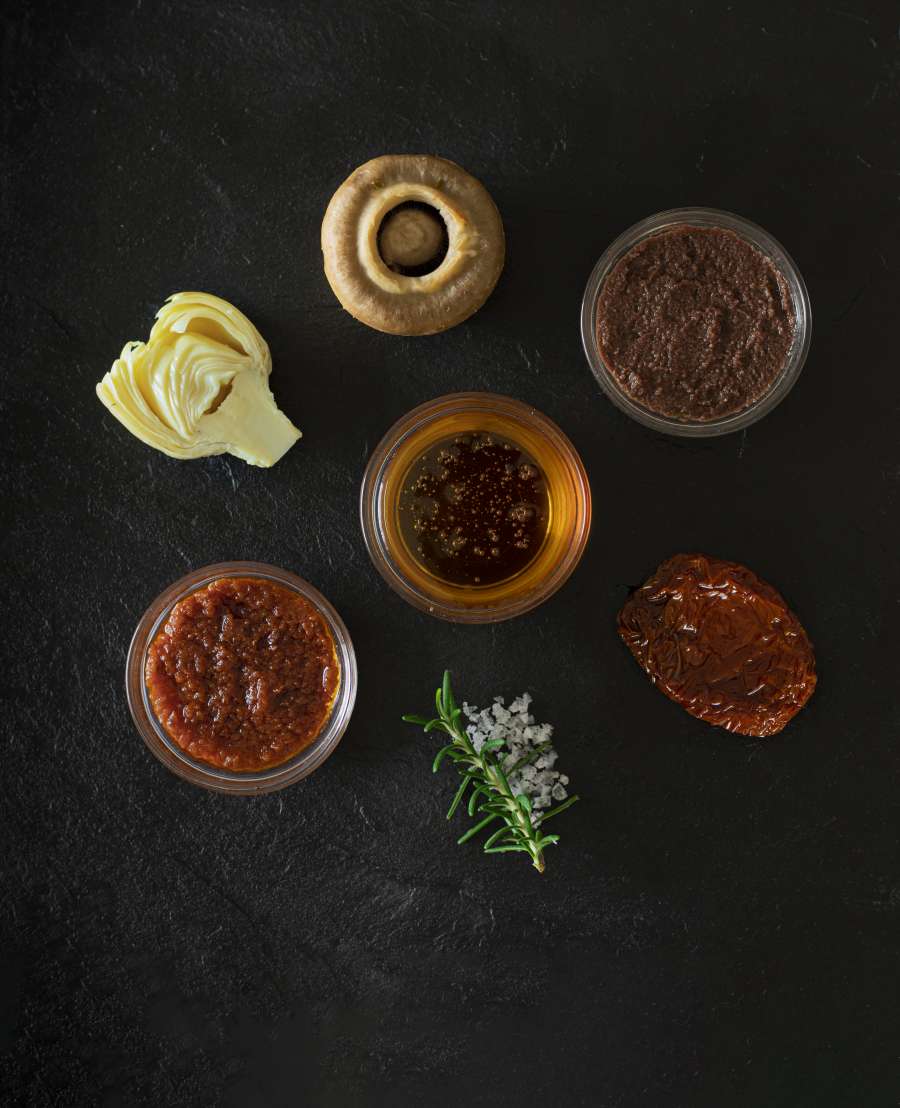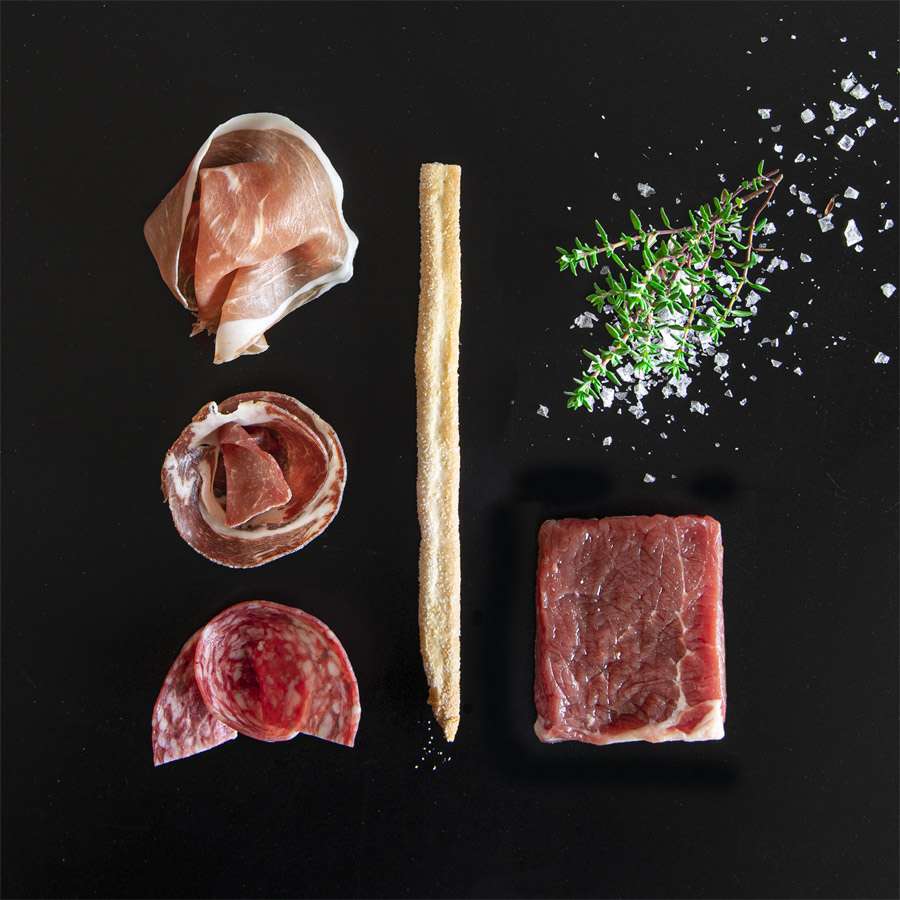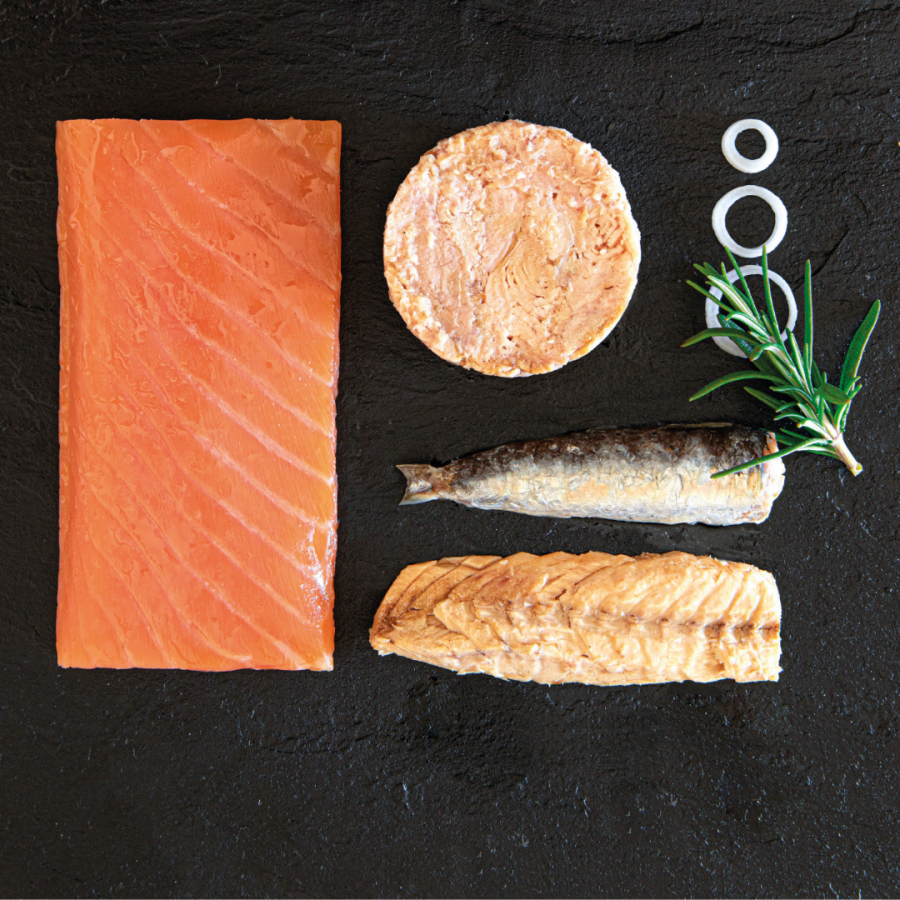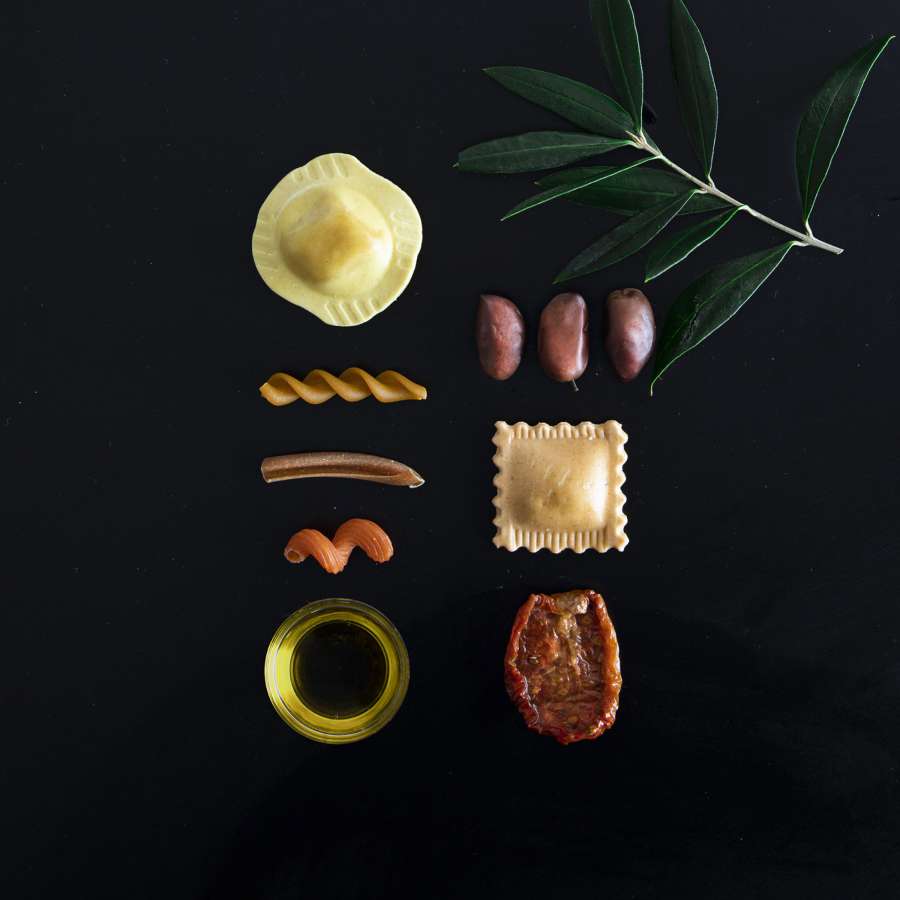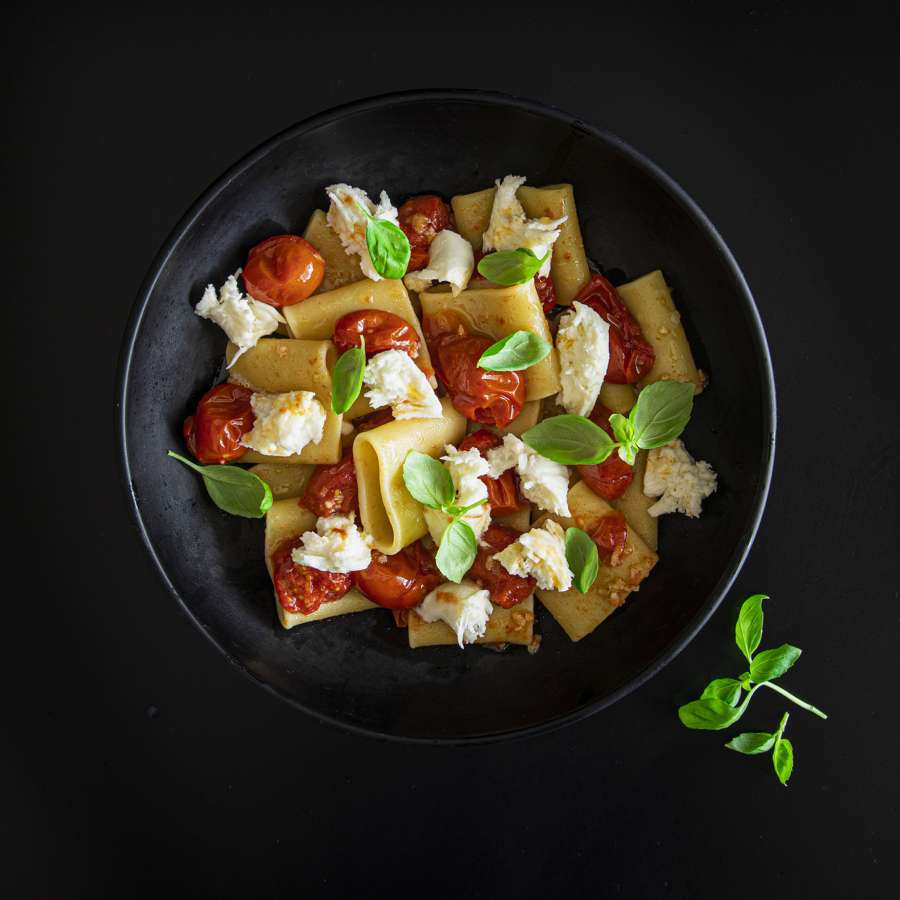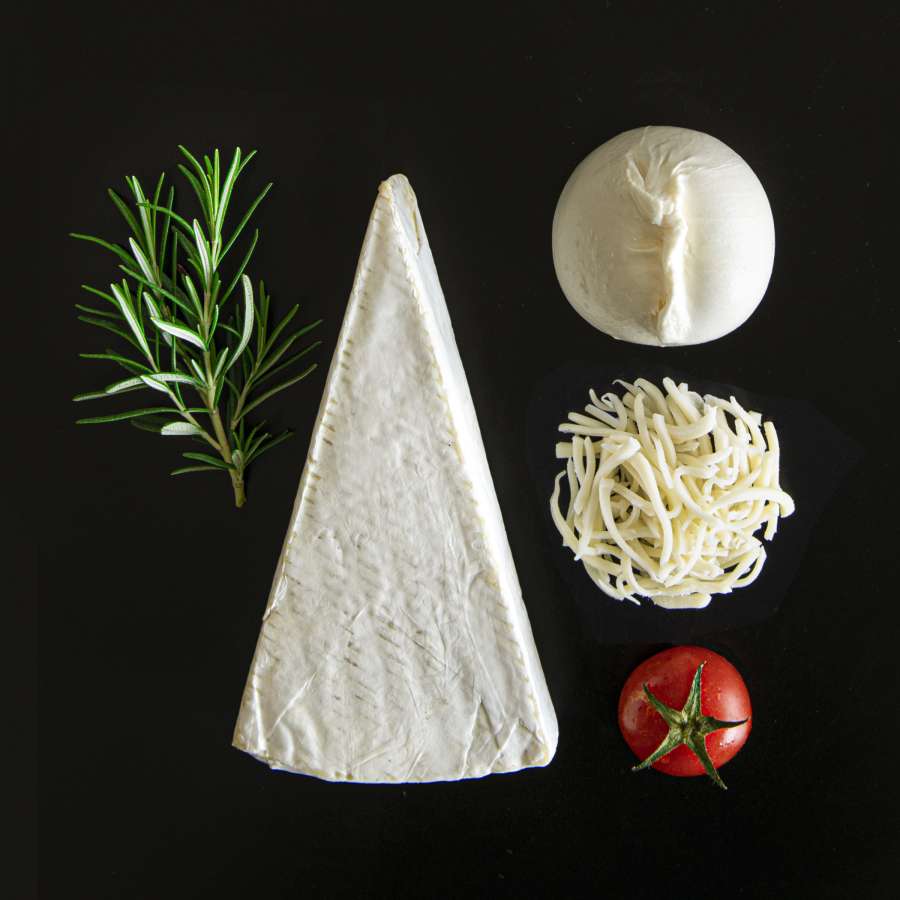The legends of truffles date back to ancient times, almost 5000 years ago. For the Sumerians and Babylonians, this underground fungus represented a magnificent gift from the gods to humans. It is said that they feasted on the "Tarfezia Leonis," a truffle variety that we can still find today in the arid regions of Asia Minor. Additionally, the Jews included truffles in their diet, while in ancient Egypt, Pharaoh Cheops (2600 B.C.) ordered sumptuous banquets enriched with dozens of kilograms of truffles cooked with goose fat.
The great Greek philosopher and mathematician Pythagoras (around 570-495 B.C.) was the first to intuit the famous aphrodisiac properties of truffles, cleverly stating: "If you want to be virile, eat truffles." However, the authentic historical memory comes with the naturalistic studies of Theophrastus of Eresos (371-287 B.C.), a disciple of Aristotle, who classified truffles as "idnon," from which the term idnology, the science that studies them, originated, attributing their origin to the meeting of autumn rains and thunder.
In the Roman imperial era, truffles took center stage in the banquets of Marcus Gavius Apicius (25 B.C. - 37 A.D.), a "glutton" according to Seneca. Even Nero praised them as the "food of the gods." Dioscorides, a Greek physician and botanist in the service of the emperor, mentioned them in his work "De materia medica," contributing to the history of medicine. However, the most accurate analysis of truffles in the 1st century A.D. is attributed to Pliny the Elder (23-79 A.D.), who called them "earth callus."
In the Middle Ages, truffles were considered magical and sinful foods. The black truffle was called the "devil's dung" and even food for witches. Despite such beliefs, there were enthusiasts like Pope Gregory IV, who officially consumed them to compensate for energies spent against the Saracen threat. Even Saint Ambrose (around 340-397), the patron saint of Milan, could not resist the charm of truffles, thanking Saint Felix for specimens of extraordinary size that had been gifted.
Today, we still succumb to the allure of this delightful underground fungus; why not savor a bite of this long history with a piece of Truffle Pecorino yourself?
Explore the exceptional world of Italian truffle flavors with our exclusive catalog.

